All about planting currants
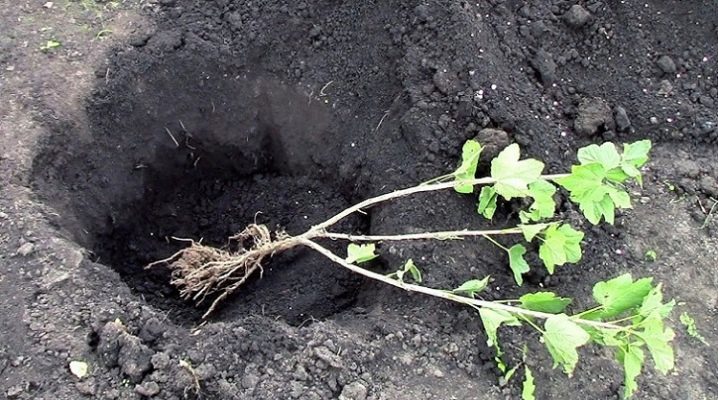
Currant is a culture with simple agricultural technology. However, planting is a crucial moment that determines the future years of a plant's life. A culture can live in one place for up to 25 years. Knowing everything about planting currants will be especially useful for beginners.
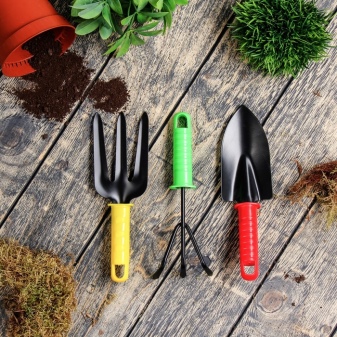
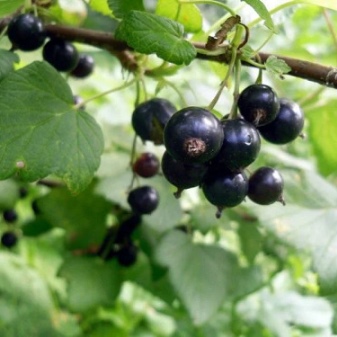
Timing
The optimal time for planting currants is late autumn. Spring temperature and humidity are unstable, and plants are more sensitive during this period.
- Spring... In the spring, a newly planted plant has two tasks: to take root and start an active vegetative period. This is a double load. The planting material during this period is not of such good quality: many sellers sell the material left over from the fall. If it is necessary to plant plants at this particular time of the year, then they are guided by the period when the snow has already melted, the earth has warmed up enough, and the buds of the plants have not yet begun to grow. In most regions of the Russian Federation, this is April - early May. The soil must thaw to a depth of at least 20 cm. Careful care will be required: watering, loosening, treatment from diseases.
- Autumn... September-October is the best time to plant currants. Planted 3-5 weeks before cold weather. The plant will have time to root well and immediately leave for the winter, saving its strength. If it is a red currant, then it can begin to bear fruit as early as the next season. Important: full-fledged fruiting of currant bushes begins from the 4th year of life in a permanent place. In any case, from the point of view of saving the gardener's efforts, the autumn planting is optimal. Plants do not occupy the area for a whole season, they take root easier, and they begin to yield faster. Leaving is limited to 1-2 waterings and shelter for the winter.
- Summer... As a last resort, you can plant young seedlings in the summer.
But careful watering is required. In summer, the roots of currants are not as vigorous as in spring or autumn, they grow in waves, and become more active with sufficient moisture.

Selection of seedlings
2-year-old seedlings take root best of all, annual ones - a little worse. You should carefully examine the root system: high-quality seedlings have 2-3 large, semi-lignified roots and a rich lobe of smaller roots. The size of the aerial part is not so important, but the shoots should be healthy, up to 30-40 cm, and there may be several of them.
It is optimal to plant immediately after purchase, but if there is no time, they prepare a special talker: they mix fertile soil, clay, manure and a little ash. The mixture is thoroughly mixed with water to the consistency of sour cream and the roots are dipped in it. Then wrapped in a damp cloth and polyethylene. So you can keep the seedlings for 1-2 weeks before planting. It is preferable to choose zoned varieties. They will show the best survival rate and durability.
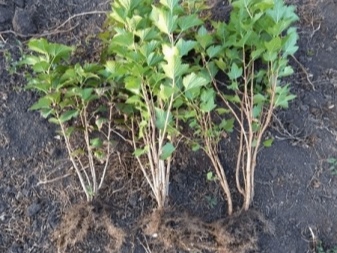
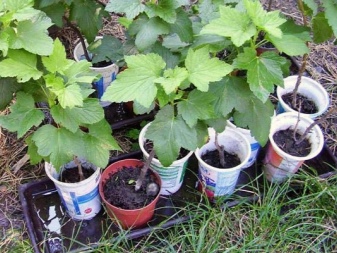
Where to plant?
Currant loves sandy, medium clay, black earth soil. The root system of the plant is shallow, without the main root, located at a depth of 40 cm, only individual roots in the center of the bush can reach a length of 2 m. The soil should have good looseness, air and water permeability, be capacious, breathable, nutritious. Black currant has the highest requirements for soil nutrition.
Black currant has a higher need for moisture, it is the least drought-resistant of all currant species. Medium drought resistance in red and white currants. In dry climates, provided that the gardener is rarely on the site, it is better to plant golden currants. She is the toughest.At the same time, black currants can be planted in areas of stony ground, this currant has the most superficial root system, without roots going deep into the depths. Despite the culture's love of moisture, currants are not planted in wet, swampy areas, lowlands, and where moisture stagnates. In such places, plants often get sick and age quickly. Groundwater should be no closer than 1 m.
The lighting should be sufficient, you should not plant currants between large trees. In regions with frosty winters, it is advisable to choose a planting site that is fenced with buildings or fences on the east side - the largest number of branches freezes out there. The rows are arranged from north to south. The distance between the bushes is at least 1.5 meters. They can stand at least 1 meter from the fence, no matter how much you want to plant tiny plants closer.
Bad neighbors for currants: raspberries, pears, sea buckthorn, gooseberries, junipers, cherries, apricots, cherries.
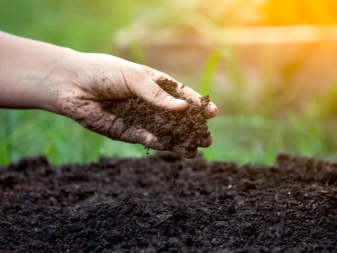
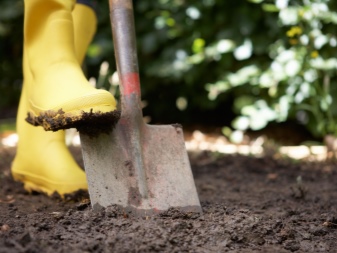
Schemes
There are different options for organizing planting of currants. For any planting method, the characteristics of the variety are taken into account.
- The distance between bushes for varieties with a compact crown is 1.3 m.
- For semi-spreading - 1.6 m.
- For spreading - 2 m.
Rejuvenation of currant bushes will be required at the earliest in 10 years. Therefore, the landing pattern is carefully planned.
- Single bushes. A popular way to place one or more plants. Digging individual holes. Not suitable for organizing a large currant. Several seedlings can be planted in one hole - this will increase the yield. In a standard pit 40 by 20 cm, 3 seedlings are placed at a distance from each other. The method will allow harvesting 2-2.5 times more. The distance between the pits should be at least 1.5-2 meters in either direction.
- In rows... Pits are dug strictly along the lines. The distance between the lines is 1.5 meters, between the bushes - from 60 to 100 cm. In this case, the plantings will not be too dense, it will be comfortable to care for the currants, but there will be no distance between the branches of neighboring bushes. A convenient way to place currants along a fence, at home or other plantings. You can stand 1 meter from the fence, but 1.5-2 meters should be allocated from houses and buildings, and at least 3 meters from fruit trees. Otherwise, the root system of currant bushes will suffer.
- Dense rows... The method is similar to the previous one, however, the bushes are planted with the expectation that they form a solid wall. They do not dig individual holes, but trenches. Such plantings can act as a hedge. Plants are planted more densely, so the yield will be higher. However, the bushes will be more difficult to care for. Denser plantings create a different microclimate, less fresh air, which means more favorable conditions for bacteria or fungi. The distance between plants is 50-80 cm.
- With a trellis... A rare method in the Russian Federation, but very popular in the West. The plantings look spectacular, the bushes are well ventilated, and the harvest is very convenient to harvest. This method also saves a lot of space. The method will require annual pruning of the bush so as to direct the branches horizontally along the trellis. In profile, such a bush is almost flat. The distance between the bushes is 1 m, the branches are cut to 2-3 buds. The kidneys are chosen so that they look in the right direction. The branches growing from them are tied to the wire of the first level, the next year - to the wire of the 2nd level, and so on until the 4th year of life.
The finished bush is shaped like a fan. The method is good for currants with long grape clusters.


Technology
The agricultural technology for growing currants does not differ much from the methods of growing other shrubs. Due to the peculiarities of the root system of currants, especially careful pre-planting soil cultivation is needed. The bottom of the pit is loosened, and abundant nutrition is introduced. The depth of the planting pit is 40 cm.
General rules for planting seedlings or seedlings of shrubs in open ground.
- If the soil on the garden plot is complex, and continuous application of baking powder and fertilizers is necessary, work is carried out 3-4 months before planting.
- Planting pits are also prepared in advance, preferably 3-4 weeks in advance.
- The roots are examined, all damaged are cut off, straightened.
- The plant is lowered into a hole. Can be planted straight, can be placed in a hole at an angle of 45 ° - this is a controversial issue, there are different recommendations. In the second case, the bush will have time to form more roots.
- The seedling is shaken slightly, and at the same time the soil is compacted around the roots.
- The root collar should be 7-10 cm below the edge of the pit. A currant planted above will not shoot laterally and will not be as lush. The filling should take into account the type of soil and soil shrinkage.
- Pour half a bucket of water into 1 hole.
- Mulch with compost or peat.
To balance the underground and aboveground parts, the shoots are cut above the 5th bud... If a harsh winter is approaching, after a couple of weeks they spud and cover with a film. If the planting for some reason did not take place, and the seedlings have sprouted, they will have to be placed in large containers in a cool, bright place, that is, to provide conditions for the growing season, although not too active. It makes no sense to dig in and keep in a dark basement.
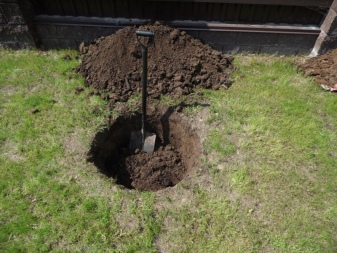
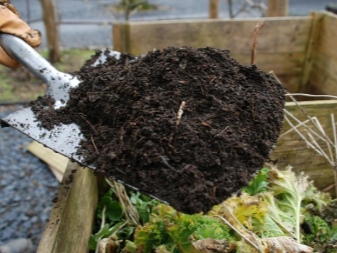
Soil preparation
Currants need high soil fertility. If the soils are poor, they are fertilized with continuous digging: potassium sulfate, phosphorus fertilizers and compost are added. Acidic soils are deoxidized by adding 40 kg of slaked lime per 1 hundred square meters. In clay soil, add a bucket of sand per 1 sq. m.
The planting pits add:
- humus - 1-2 buckets, depending on the composition of the soil;
- superphosphate - 200 g;
- sifted ash obtained by burning pine or birch wood, grain straw - 200 g.
The width of the pit is regulated depending on the type, variety and characteristics of a particular seedling. The planting hole should be equal to the volume of the crown. In most cases, the pits for currants are 40 by 40 cm.
Rotten manure is placed under the currants, however, on very poor soils, it is permissible to lay out a thin layer of fresh manure and sprinkle it well with earth.
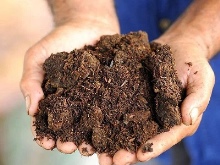
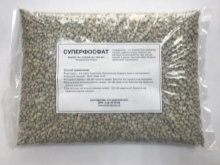
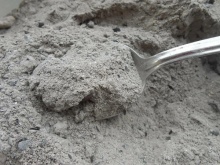
Seedling preparation
The bush is cut, leaving 3-4 buds on each branch. Inspection and pruning of roots is not necessary if you do not want to disturb seedlings with a closed root system... You should not get carried away with pruning with those specimens that were purchased with an open root system.
To protect against pests, it is useful to keep the roots of the seedlings in the Fitosporin solution. Dissolve 2 g of powder in 1 liter of water. The roots are kept in the solution for 1-2 hours. You can replace this composition with a solution of ash, which not only disinfects, but is also a fertilizer, or stimulants ("Zircon", "Epin", "Kornevin").
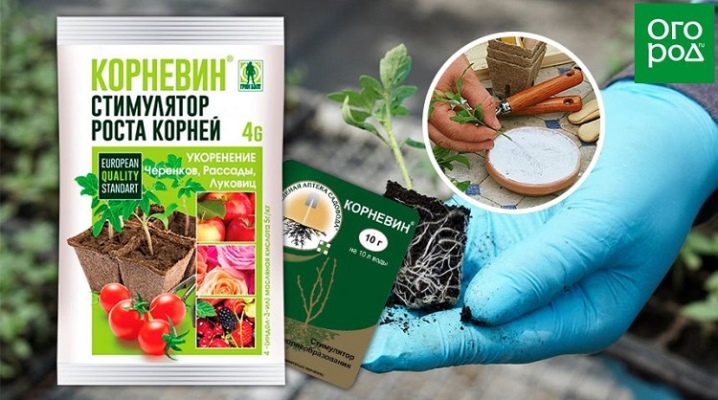
Landing
Sprinkle the soil around the bush, preferably with a specially made nutrient mixture. The soil is removed, humus, phosphorus and potash fertilizers are added, and mixed. Detailed landing procedure.
- Loosen the bottom of the pit, especially if the soil is clayey.
- Pour a bucket of water into the holes so that a gruel forms below. If a fertile layer has been specially prepared at the bottom of the pit, this step is skipped.
- Seedlings are placed obliquely or straight, so that the root collar is 8 cm below ground level.In loams, they are buried no more than 3-5 cm.
- Place the seedling so that there are no voids around the roots, and the roots do not tuck.
- It is necessary to compact the earth around the currants quite tightly, but not forgetting that the roots of this culture love to breathe. It is not necessary to trample the soil too much.
- Water abundantly.
After planting, the plant loves moisture. If the fall is rainy, you don't need to water. If it is very dry, water it 2-3 times in the first 5 days after planting. In the spring, after 1 week, the plants are transferred to care as for young plants - watering is needed at least 1 time a week.
The deepening of currants during planting also depends on the variety, which has a different ability to form zero-order shoots. For example, “Selechenskaya” currant gives only 1-2 shoots per year.In order not to get a liquid standard bush, such varieties must be buried, leaving at least 5 buds in the soil, or they are planted in 1 hole with 2-3 seedlings. Next spring, the soil around the buds must be opened, giving access to air and light, the shoots will begin to grow, they are gradually sprinkled as the roots appear.
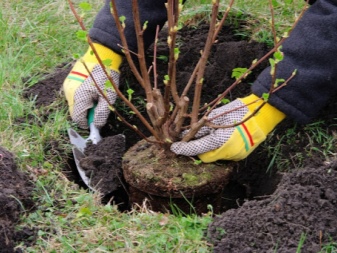
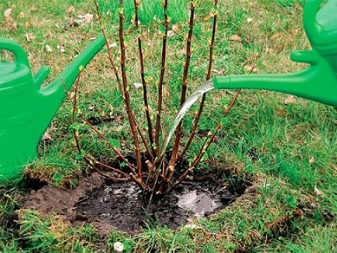
Features for different regions
Planting dates are slightly shifted depending on the climatic zone.
- In the middle zone of the Russian Federation the best time for autumn planting is from September 10 to October 15.
- In outskirts of Moscow planted in the period from the last decade of September to October 20.
- In the Leningrad region - from September 20 to October 10. In this region, it is better to plant currants in spring, autumn can be too cold and unstable.
- In the Urals, Siberia, the Far East - from 1 to 25 September.
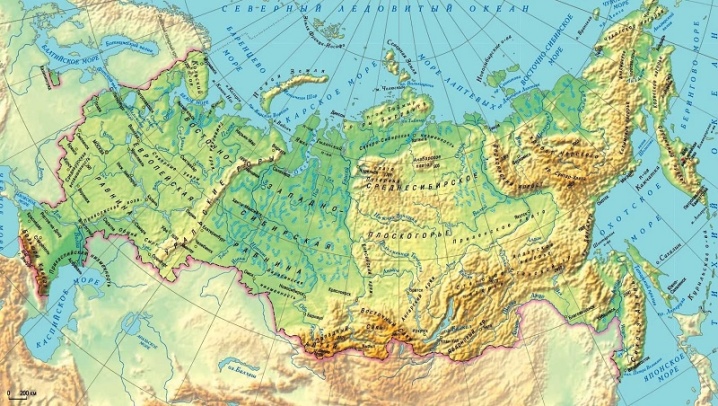







The comment was sent successfully.